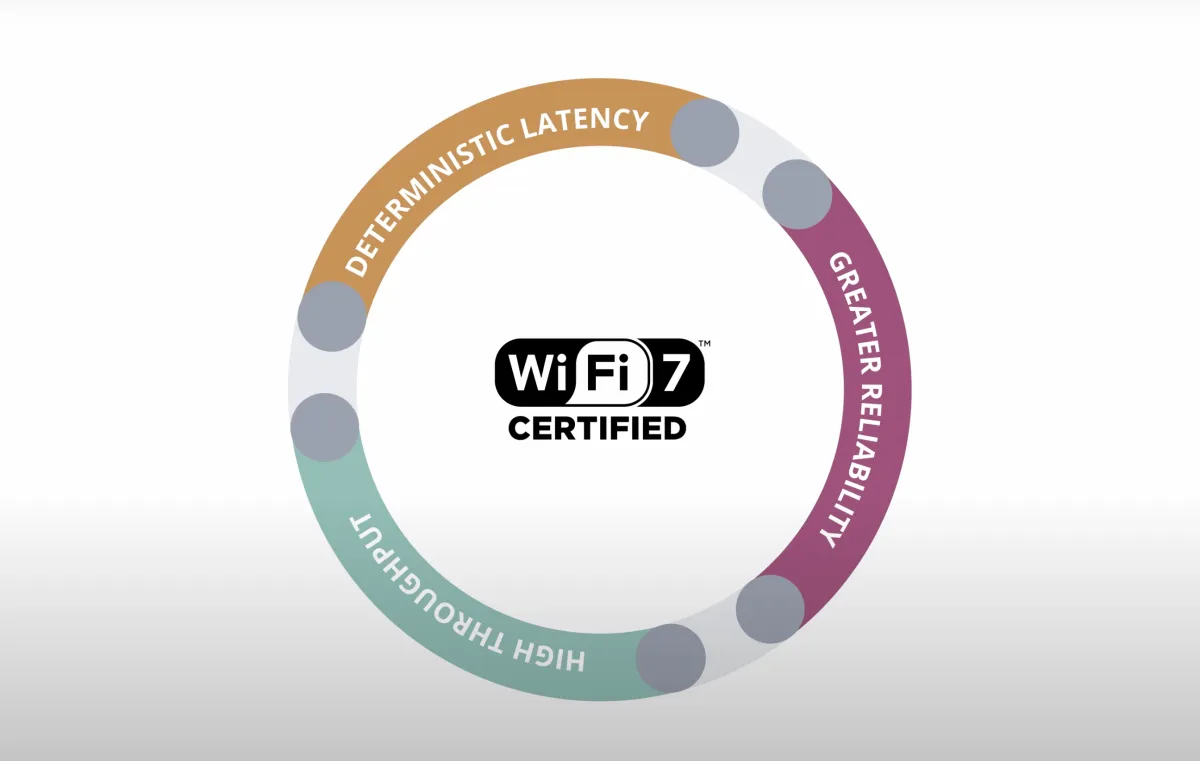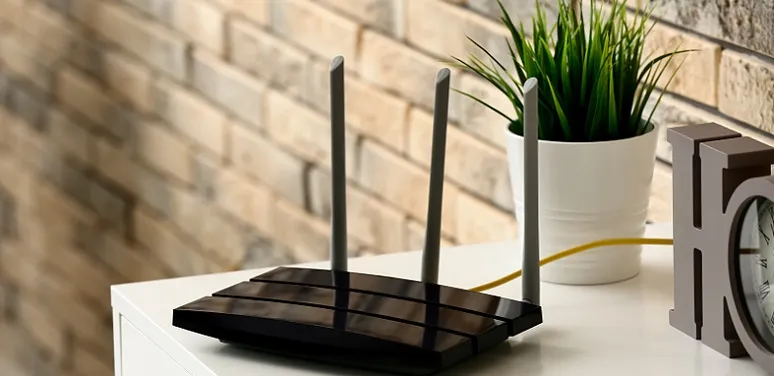With the annual CES show taking place in Las Vegas this week, one highly anticipated technology will be on display across a multitude of devices. Under development now, Wi-Fi 7 will improve upon the updates that came with Wi-Fi 6E as well as incorporate new developments since the last certifications. These updates will facilitate the next great tech advancements, ranging from virtual reality to wireless gaming to interactive telemedicine. While Wi-Fi 7 certification has yet to begin, the standard has taken off, with many manufacturers moving ahead with the production of the chipsets needed to power this new technology. Wi-Fi 7 technology is expected to hit the market in the early part of this year, according to the Wi-Fi Alliance.
Building On Wi-Fi 6/6E
An iterative process, the forthcoming standard will build upon the successes and innovations that have come with the current generation of technology, including but not limited to:
- More efficient data packaging, which will result in a four-fold increase in the data rate and increasing network speeds.
- More energy-efficient processes that improve battery life for connected devices.
- Building upon Wi-Fi 6E specifically, the ability to utilize the recently open 6 GHz band, which helps ease congestion across networks as more connected devices come online.
As they currently exist, the 2.4 GHz, 5 GHz, and for Wi-Fi 6E specifically, 6 GHz bands are broken down into various channels that devices can utilize. The smallest Wi-Fi channels are 20 MHz but can be linked together to create bigger channels. Wi-Fi 6E networks provide increased capacity by operating on the 6 GHz band with 14 additional 80 MHz channels and 7 additional 160 MHz channels.

What’s Unique to Wi-Fi 7
One of the key characteristics of the still-developing Wi-Fi 7 technology is the expansion of potential channels to carry data, an expansion of the channels created under Wi-Fi 6E.
- Wi-Fi 7 will double the channel size by allowing for 320 MHz channels.
- That means Wi-Fi 7 will have higher capacity and can deliver speeds up to four times what the technology currently offers.
- It’s like knocking down a wall and combining rooms—more space to maneuver means it’s harder for bottlenecks to form, resulting in a smoother experience.
- These advancements offer better data management and routing capabilities, meaning Wi-Fi 7 networks will be ready for new technologies down the road, be they AR, VR, or something yet to be dreamed up.
As 10G networks continue to roll out nationwide, new technologies like the emerging Wi-Fi 7 and existing Wi-Fi 6/E standards will play their part in delivering next-generation speeds, capacity, reliability, and low-latency. This suite of technologies combine to create the innovation platform that will power the next great tech breakthrough. To learn more about Wi-Fi and other broadband standards, visit the CableLabs website, and to learn more about 10G be sure to visit the website.








